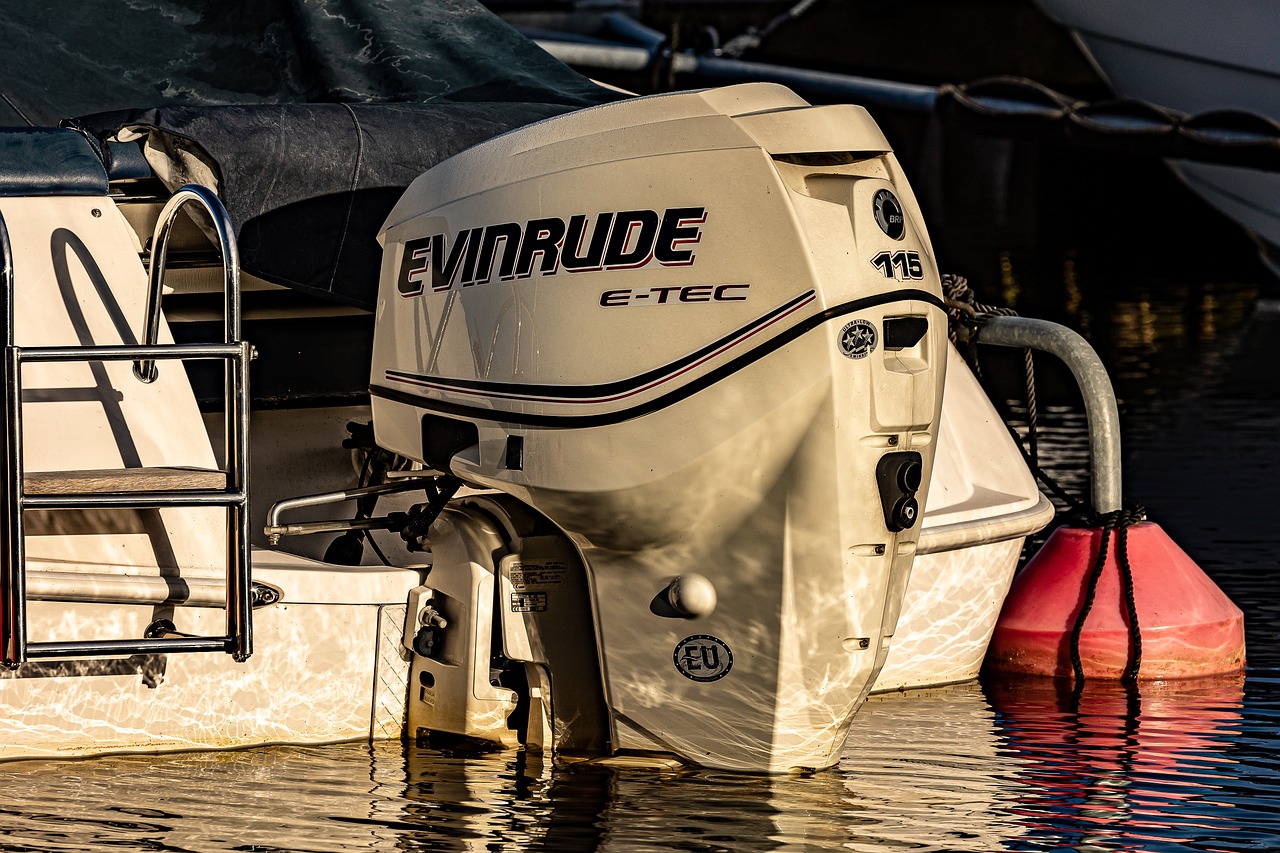Outboard engines rely on efficient cooling systems to prevent overheating and maintain optimal performance during extended periods of operation. Understanding how these cooling systems work and the importance of proper maintenance is essential for every boater. In this article, we will delve into the different types of cooling systems found in outboard engines and explore the key components and functions of each. By gaining insight into outboard engine cooling systems, you can ensure longevity, reliability, and trouble-free operation of your marine engine.
- Types of Outboard Engine Cooling Systems: Outboard engines typically utilize one of two cooling systems: raw water cooling or closed-loop cooling. Raw water cooling systems draw water directly from the surrounding water body and circulate it through the engine to absorb and carry away heat. Closed-loop cooling systems, on the other hand, use a separate coolant, often a mixture of water and antifreeze, to transfer heat away from the engine. Understanding the distinctions between these cooling systems is crucial for maintenance and troubleshooting purposes.
- Components of Outboard Engine Cooling Systems: Outboard engine cooling systems consist of several key components, including water pumps, thermostats, heat exchangers, and exhaust systems. The water pump circulates water or coolant through the engine, while the thermostat regulates the temperature by controlling the flow of coolant. Heat exchangers facilitate the transfer of heat from the engine to the surrounding water or coolant, and the exhaust system removes hot gases from the engine, preventing heat buildup.
- Importance of Proper Maintenance: Regular maintenance is vital to ensure the efficiency and longevity of outboard engine cooling systems. Flushing the cooling system with fresh water after each use helps remove any debris or saltwater deposits that could obstruct the flow of water or coolant. Inspecting and replacing worn or damaged components, such as impellers, seals, hoses, and filters, is also critical to maintain optimal cooling system performance. Additionally, maintaining the proper coolant level and following manufacturer-recommended maintenance schedules are essential for preventing overheating and costly repairs.
- Troubleshooting Common Cooling System Issues: Understanding common cooling system issues and their symptoms is crucial for timely troubleshooting and prevention of major problems. Some common issues include impeller failure, clogged water intakes, thermostat malfunction, and coolant leaks. By familiarizing yourself with these potential problems, you can address them promptly and avoid engine damage due to overheating.
- Additional Cooling System Tips and Best Practices: In addition to regular maintenance and troubleshooting, there are several best practices that can help optimize the cooling system performance of your outboard engine. These include operating at proper RPMs to maintain sufficient water flow, avoiding excessive idling, monitoring engine temperature gauges, and using high-quality coolant or antifreeze that meets manufacturer specifications. Additionally, practicing safe boating habits, such as avoiding shallow or debris-filled waters, can reduce the risk of cooling system damage.
Conclusion:
Understanding outboard engine cooling systems is essential for boaters to ensure the longevity and reliable performance of their marine engines. By familiarizing yourself with the different types of cooling systems, the key components involved, the importance of regular maintenance, troubleshooting common issues, and following best practices, you can effectively prevent overheating and potential engine damage. Properly maintained cooling systems ensure that your outboard engine operates at its best, allowing you to enjoy safe and trouble-free boating adventures for years to come.
